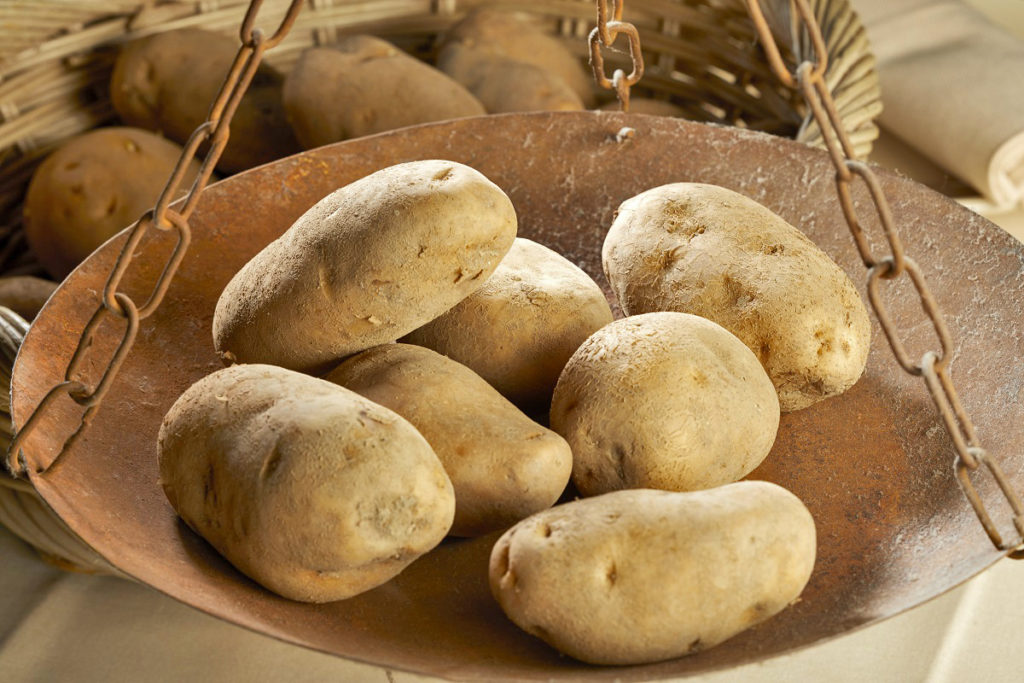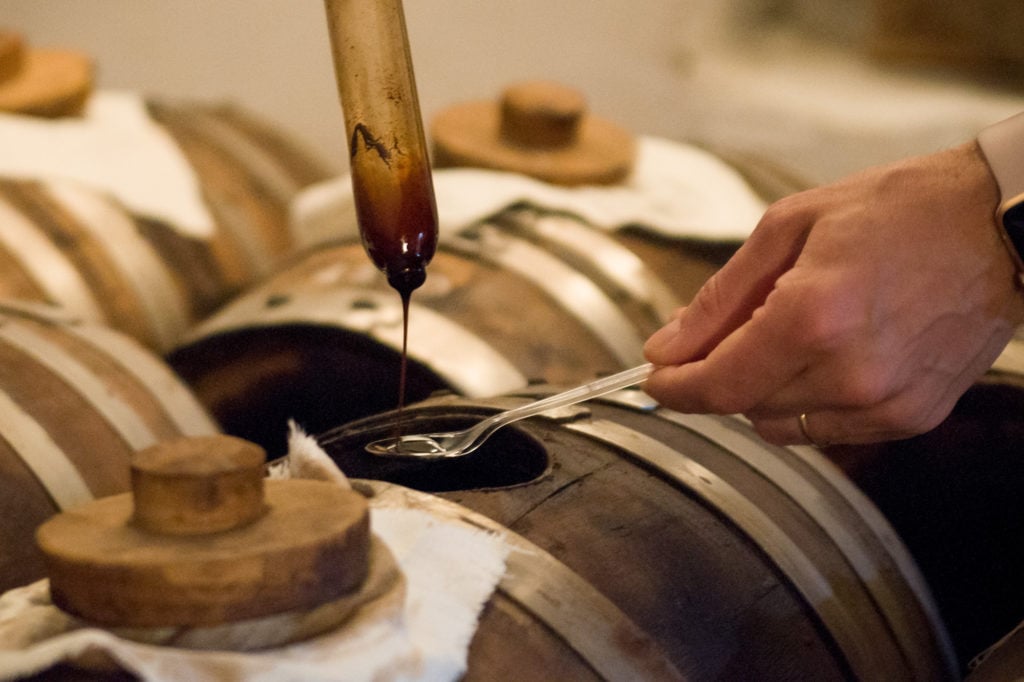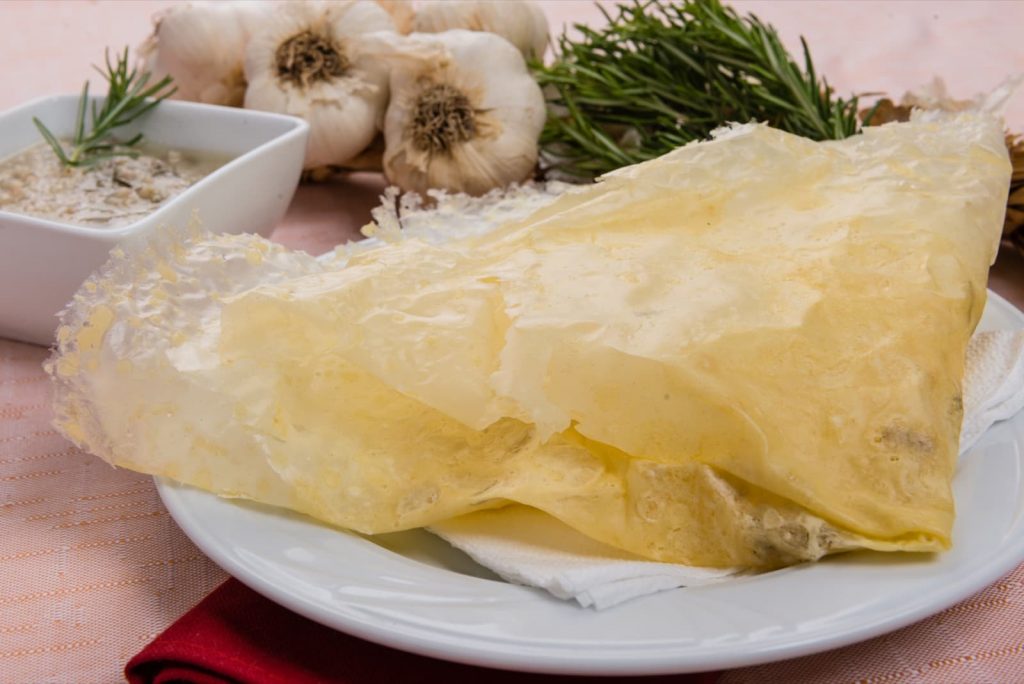Emilia-Romagna, known throughout the world as Italy’s Food Valley, is a region that also tells its story through its flavours.
Between Bologna and Modena, two cities that symbolise Italian gastronomy, there is a unique itinerary for those who want to discover the local food and wine heritage in an authentic and engaging way: the Taste Museums.
These places are not mere exhibitions, but real immersive itineraries that reveal the secrets of iconic products, such as traditional balsamic vinegar, as well as lesser known but no less important and traditional products of the territory.
An experience that combines tradition, culture and passion, ideal for those who want to discover Emilia through the palate.
Bologna
Chestnut Museum

The Chestnut Museum of Castel del Rio is located on the gentle hills of Imola and tells the story of one of the most famous products of the Emilia-Romagna mountains, the so-called Marrone PGI (not to be confused with the most common chestnut, from which it differs in having a sweeter and more fragrant flavour that enhances the aromas of the forest).
The museum tells visitors about the natural characteristics of the chestnut tree, the environment in which it grows and its economic and cultural value. The itinerary of the exhibition begins with the description and characteristics of the environment in which the chestnut tree grows, and then moves on to the historical evolution of its encounter with man.
According to a legend, the chestnut tree is an imported tree whose spread in Emilia-Romagna is due to the work of Matilde of Tuscany in the Middle Ages, and therefore its presence is mainly due to human activity.
A wonderful opportunity to visit the museum, to know the hospitality of the land and to taste this delicious fruit is the Sundays in October, when the Castel del Rio Chestnut Festival is held, with the traditional market and stalls offering local specialities.
Enoteca Regionale of Emilia-Romagna

The Enoteca Regionale of Emilia-Romagna, one of the most complete and richest museums of taste in Bologna, is located in the basement of the evocative Rocca Sforzesca in the picturesque village of Dozza; it is a place dedicated to the representation and promotion of one of the most characteristic products of our region: wine.
In fact, the Regional Enoteca houses the most complete permanent exhibition of Emilia-Romagna wines, with about 800 labels of wines from more than 200 associated producers.
The exhibition is held in the ancient rooms of the Rocca, in the former cellars of the castle, and for the most demanding visitors it is possible to visit it accompanied by a sommelier.
Every Sunday, a wine bar is opened in the wine shop, where tasting sessions are organised for the different types of wine, always accompanied by delicious local products.
A good opportunity to visit the Enoteca Regionale dell’Emilia-Romagna is the Wine Festival, held every May in the centre of the village of Dozza, and the Biennale del Muro Dipinto, held every two years in September, when painters from all over the world meet for three days to create works of art on the walls of the village.
Potato Museum

The Potato Museum, opened in 2008 in the Budrio area, is a collection of machines and tools from the early 1900s to the 1970s.
Although it is a species that originated in America and spread throughout the world, the potato has found an ideal climatic situation here in Italy and in Emilia Romagna.
Admired for more than a century as the devil’s fruit because of its underground growth, the potato was studied by botanists at the University of Bologna and only in 1700, with the passage of Napoleon’s armies, did it become a staple food.
The exhibition at the Budrio Potato Museum is divided into three sections: one dedicated to potato planting and digging machines, one to harvesting tools and one to irrigation equipment, which is so important for this crop.
These are machines made by local ‘farmer-mechanics’ or craftsmen who, like the big local car brands, used the ingenuity and experience of those who faced problems every day to produce unique improvements, parts and tools.
The economic importance of this American solanaceous plant in the Bologna area is also demonstrated by the presence of the Consorzio Patata di Bologna DOP, which is made up of over seventy producers, together with dedicated agricultural cooperatives and commercial companies.
Carpigiani Gelato Museum

The Carpigiani Gelato Museum, in Anzola dell’Emilia, is one of the few museums (perhaps the only one) dedicated to one of the most famous and loved products in the world: handmade ice cream. The museum is housed in the former Carpigiani factory, an historic Emilian company specialising in the production of ice-cream machines.
The exhibition traces the history of ice cream from antiquity to the present day and is divided into three levels: the evolution of ice cream over time, the history of production technology, and the places and ways in which ice cream is consumed.
There are anecdotes about the use of ice cream in ancient Mesopotamia, preparations from the Middle Ages, Renaissance recipes and modern industrial machines.
A journey through three millennia of gluttony, through the evolution of mankind and the history of tastes, fashions and ice-cream gastronomy. Food for thought, but above all stories and curiosities to be savoured with all the senses of this truly Italian delicacy.
Modena
Museum of Traditional Balsamic Vinegar of Modena

The Traditional Balsamic Vinegar of Modena has been deeply rooted and uniquely linked to a particular area of Emilia Romagna since the times of the Este family, and today it is a constant confirmation of the Emilian people’s love for their territory and their traditions.
The Museum of Traditional Balsamic Vinegar of Spilamberto tells the history, the culture and the secrets of one of the most characteristic products of Emilia Romagna through a suggestive journey inside a wooden barrel.
The visit starts from the room in the shape of a large barrel and continues through the firing room, the cooper’s workshop and the glass room.
The visit allows the visitor to get to know and deepen the intimate and traditional link of this product with the Modenese territory.
Museum of Cured Meat Production

MUSA – Museo della Salumeria (Museum of Cured Meat Production) embodies the innovative spirit typical of Emilia and the strong link with the history and territory from which it originates.
This space, created by one of the oldest charcuterie industries in Italy, is located in Castelnuovo Rangone, in the Modena area, one of the most important pig production districts in Italy.
A modern layout narrates the entire production process, from the wisdom of cutting meat, to the use of spices, the hot and cold technique, tying up to the maturing process to lead the visitor to discover the secrets of pork butchery.
A perfect synthesis capable of satisfying the curiosity of visitors and the increasingly frequent tourists with a passion for good food.
Combined with the museum is a shop where, in addition to different types of cold cuts, visitors can find knives for slicing them and a refreshment point where the cold cuts can be tasted in combination with other Emilian food and wine products.
Borlengo Museum

In Zocca, immersed in the nature of the Modenese Apennines, you can learn the art of borlengo, a simple dish that has been part of the culture and tradition of the Panaro Valley since prehistoric times.
This dish is characterised by the simplicity of its ingredients – flour, water and salt – and the complexity of its preparation.
The museum-laboratory displays tools and evidence of the preparation of borlenghi, including the pans used for cooking.
For those who wish to taste or try their hand at making borlenghi, a borlenghi kitchen has been set up next to the exhibition room, where cooking lessons are organised.
A visit to these museums offers a glimpse of a food and wine heritage spread throughout the territory, reflecting and testifying to the extraordinary culinary wealth of Emilia-Romagna.
As always, since these structures are sometimes run by private individuals or voluntary associations, it is advisable to call before visiting.
The Taste Museums section is based on the list of museums recognised by the Agriculture, hunting and fishing Department of the Emilia-Romagna region.
Author

Walter Manni
Explorer and Adventurer: loves sailing the oceans, climbing the highest mountains and surfing on the waves of the web
You may also like
5 food experiences not to be missed in Emilia Romagna
by Elisa Mazzini /// September 6, 2016

Interested in our newsletter?
Every first of the month, an email (in Italian) with selected contents and upcoming events.


